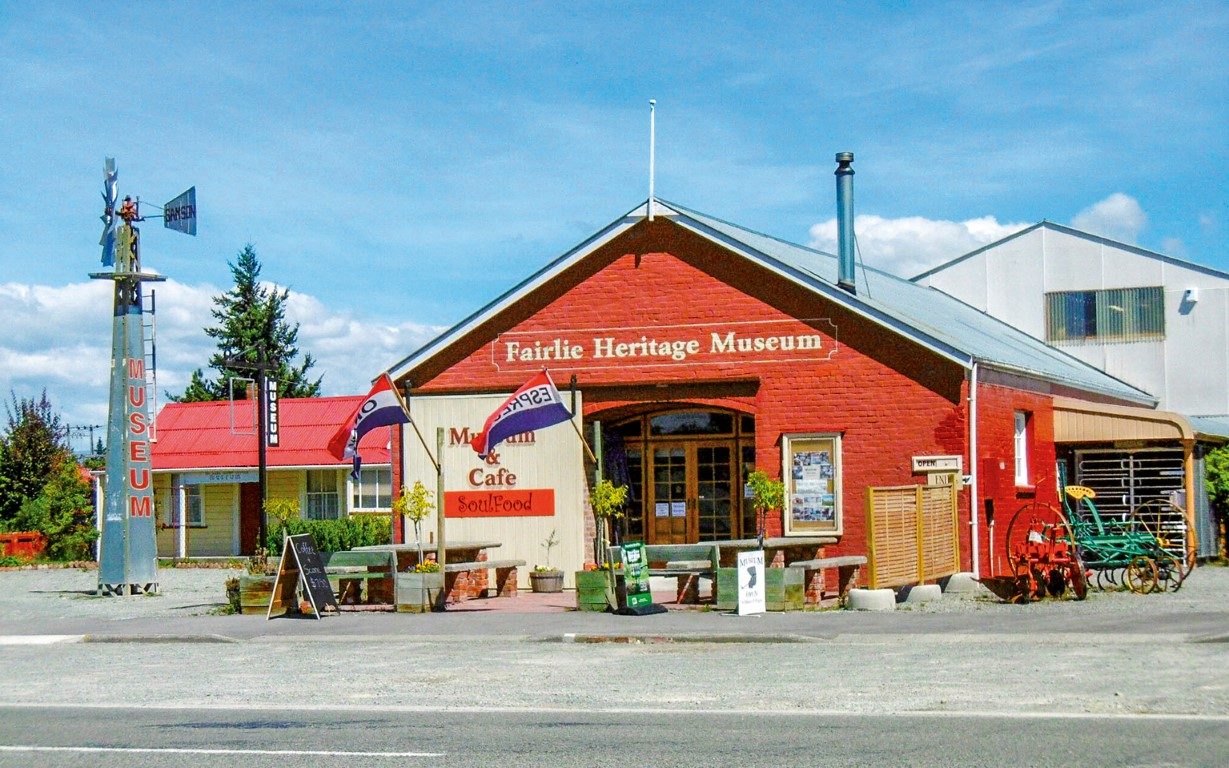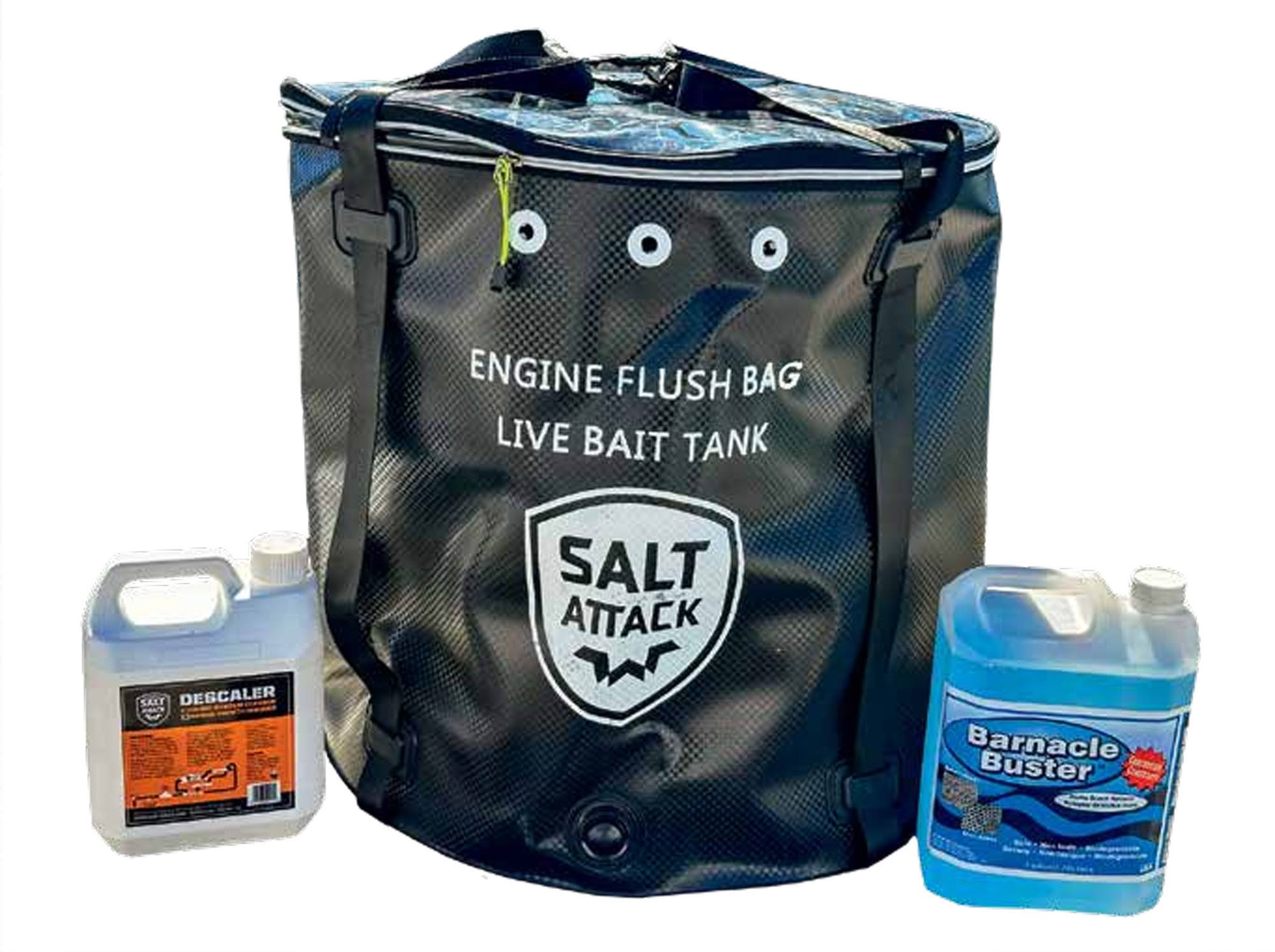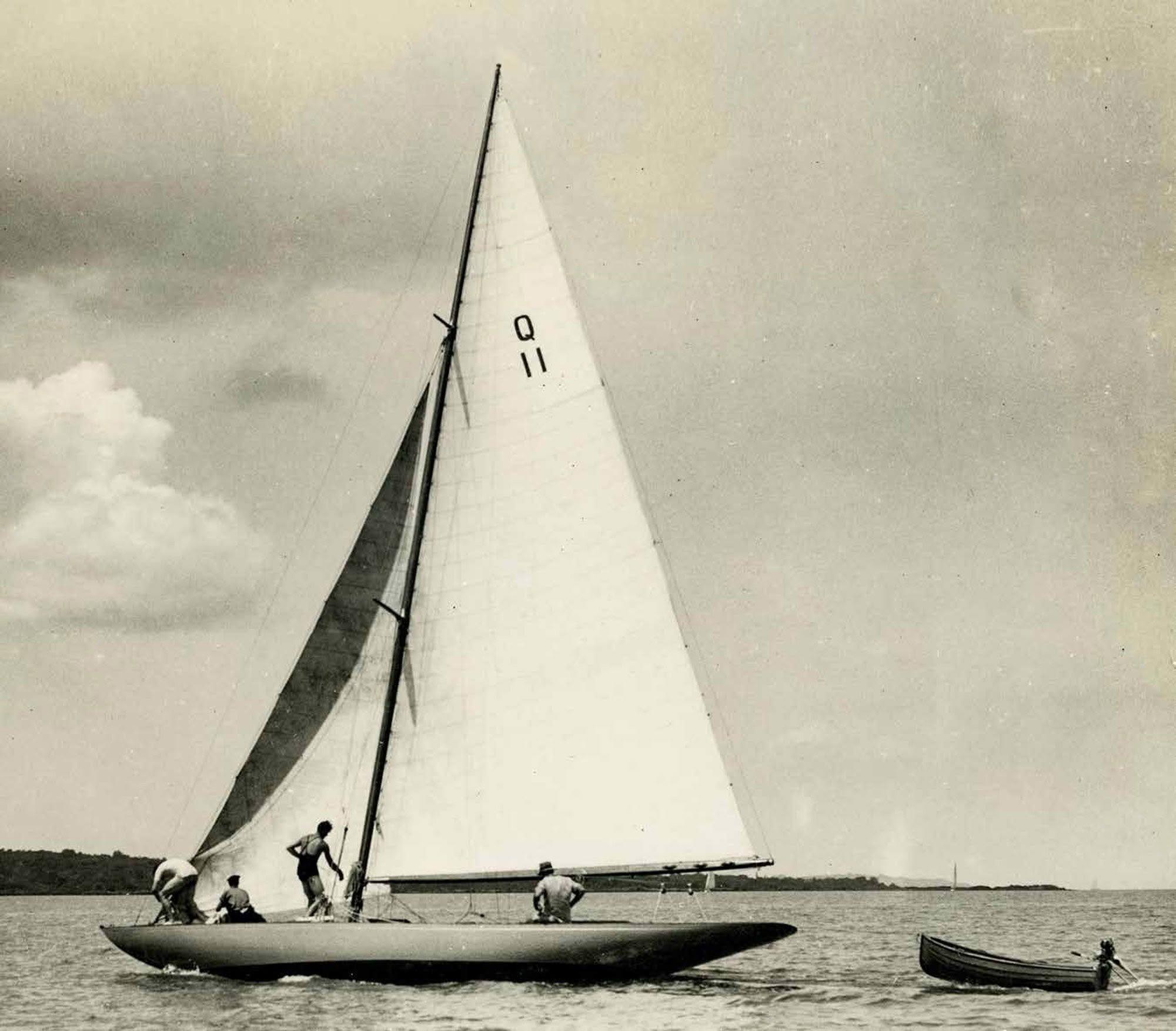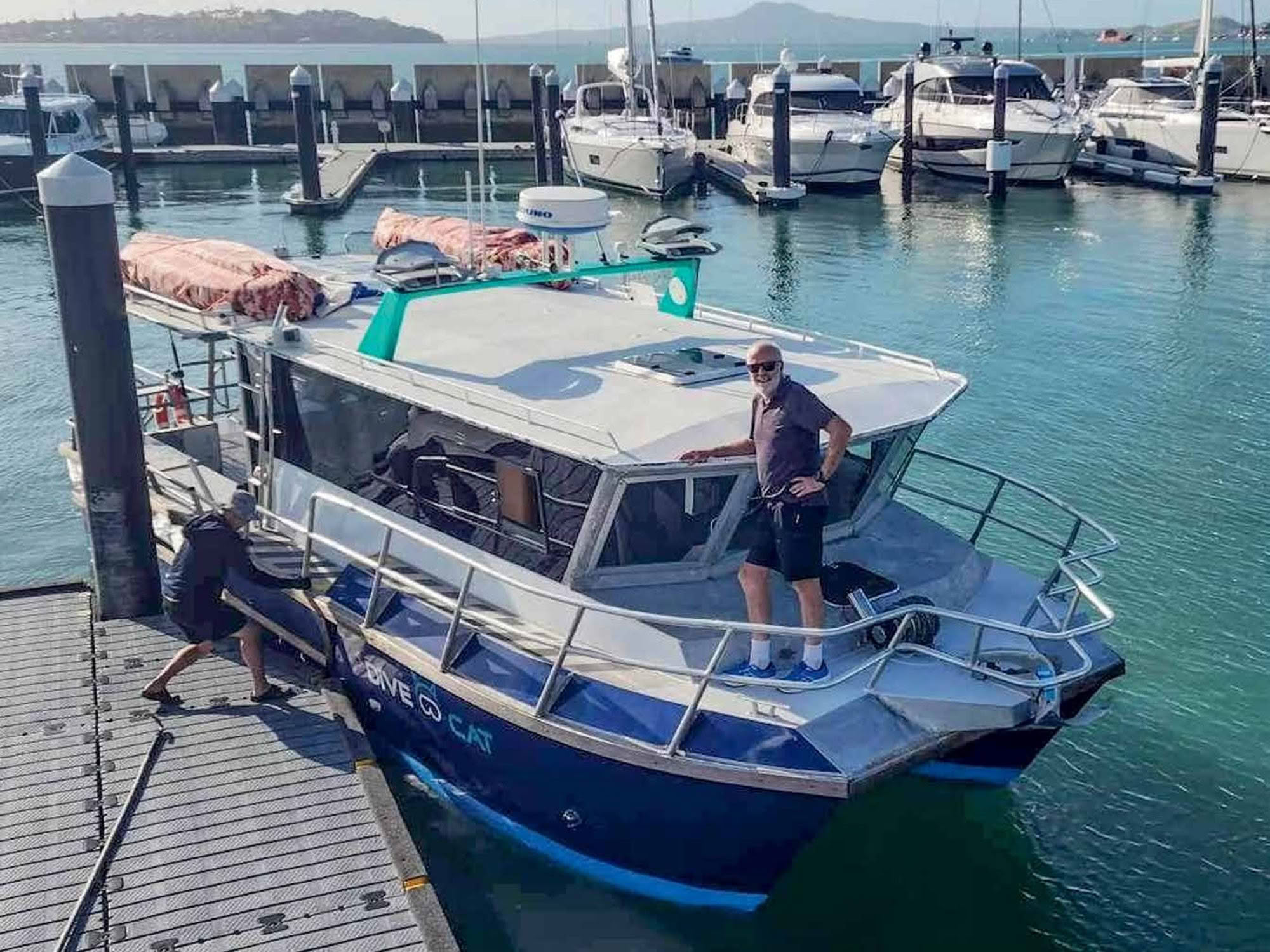

An improbable re-acquaintance with a long-lost Jomo Craft clinker dinghy kindles plenty of memories for George Empson – and fires the flame for the painstaking restoration of a derelict sister ship.
My life first intersected with the clinker dinghy in the late 1950s, when my father bought her from the then New Zealand Electricity Department (NZED) at Lake Tekapo. The boat had been used by technicians to check the gates and intake grilles for the power station. That came to an abrupt halt after a storm.
One night, while rafted up against a heavy pontoon, a strong nor’wester pounded the clinker against her unforgiving neighbour, breaking a number of ribs and cracking two planks. Rather than fix her, the NZED decided to replace the damaged vessel with a relatively new invention – an alloy boat.
Dad bought the clinker from the NZED for £5 and, with a young me helping, poured tar into the cracks and made rudimentary repairs to the broken ribs.
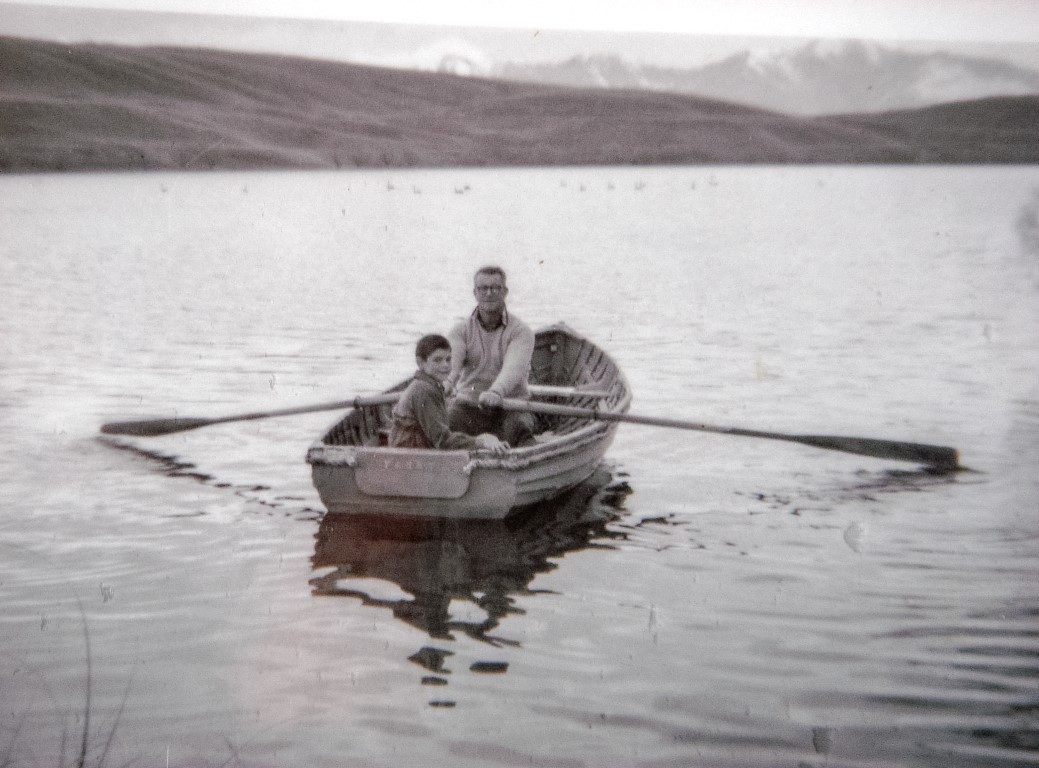
We later discovered she had been built in 1943 by the Jomo workshop in Fairlie – one of around 130 vessels produced by the facility in the early 40s and 50s.
For some years we used the boat on Lake Alexandrina and caught many fine trout. But in the 60s my father was offered a transfer to Christchurch and he sold the boat to the local butcher in Fairlie. The clinker was left on the bank under willows at the north end of the lake – and that was the last I saw of her.
Some 50 years later, I returned to Tekapo as a married man. We bought land, built a new house and settled into the lifestyle. One day, sitting at a friend’s bach at the south end of Alexandrina, I noticed three upturned dinghies on the bank.
The middle one was a clinker.
“Who owns her?” I asked my hosts.
“We do.”
It transpired that they’d found the boat a few years earlier – almost submerged – at the outlet of Scott Creek up at the north end of the lake. A sturdy 4WD and strop helped to pull it onto the bank. After letting it dry out, they replaced the rotten stern and covered the outer hull with a layer of fibreglass. They’d been using her ever since.
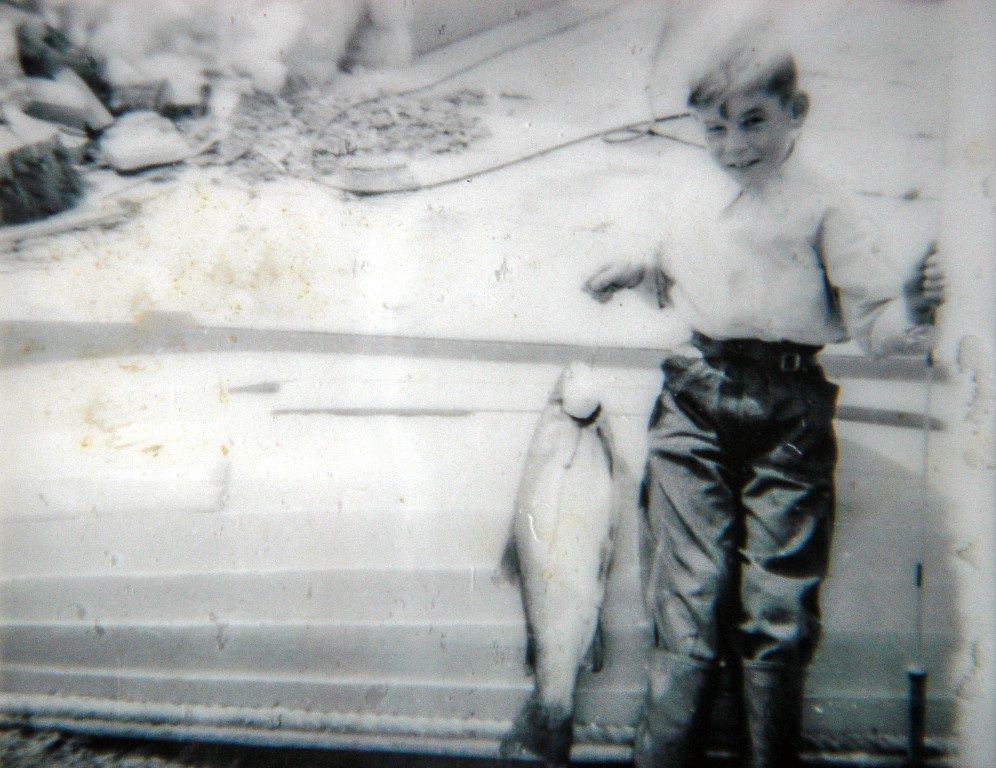
I walked over and turned the boat right way up – and found myself staring at the broken planks and ribs we’d repaired. It was the ex-NZED boat from all those years ago.
I’ve taken her out fishing a few times since – though it’s a little scary to think that my bum is now seated on the same one my father used more than 50 years ago.
RESTORATION PROJECT
At around this time I also learned of a smaller clinker that had been left sitting on the bank of the lake’s southern end for some 20 years. After tracking down the owner I agreed a price and took it home to Tekapo. A little smaller than the ex-NZED boat, she was also a Fairlie Jomo, built in 1946.
On closer inspection I ruefully concluded I’d bought nothing more than a garden ornament – she was riddled with rot and sprung planks and covered with about 10,000 coats of paint.
Many components were missing. Still, I persevered.
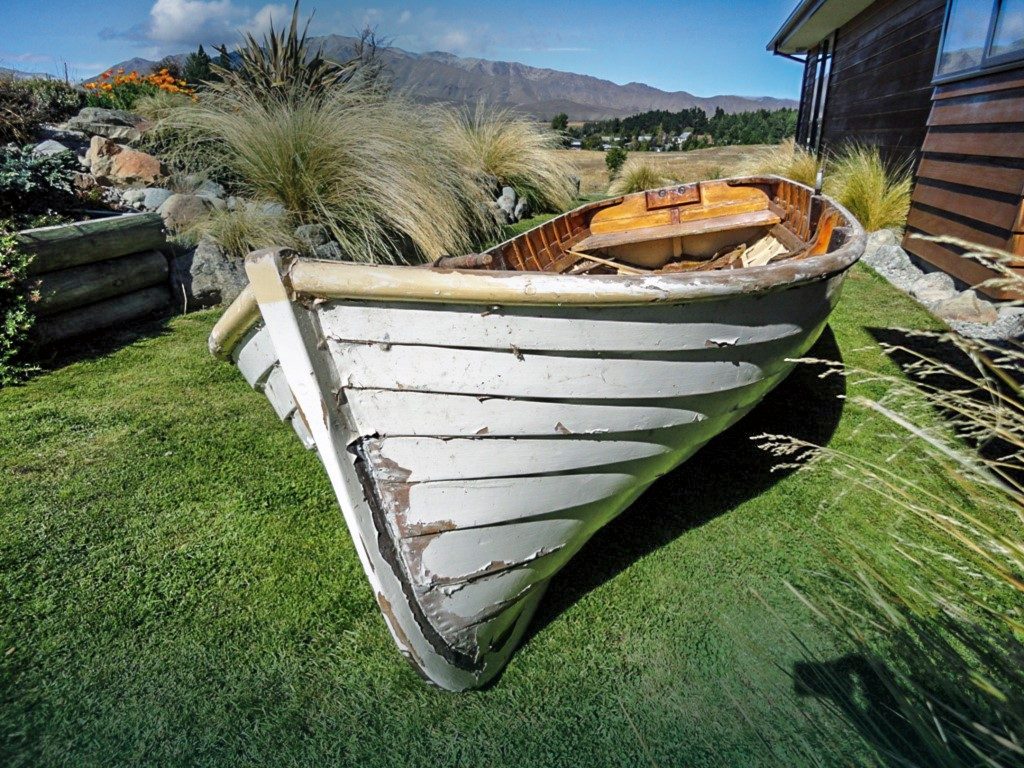
I took the hull down to bare wood, replaced rotten pieces with new, sealed it up as best I could and covered the hull with a layer of fibreglass. A two-pack paint – which sets like rock – covered my handiwork. I lost count of the hours. I think it was mainly the history of these Jomo classics that kept me going. Appropriately, we rechristened her Nostalgia.
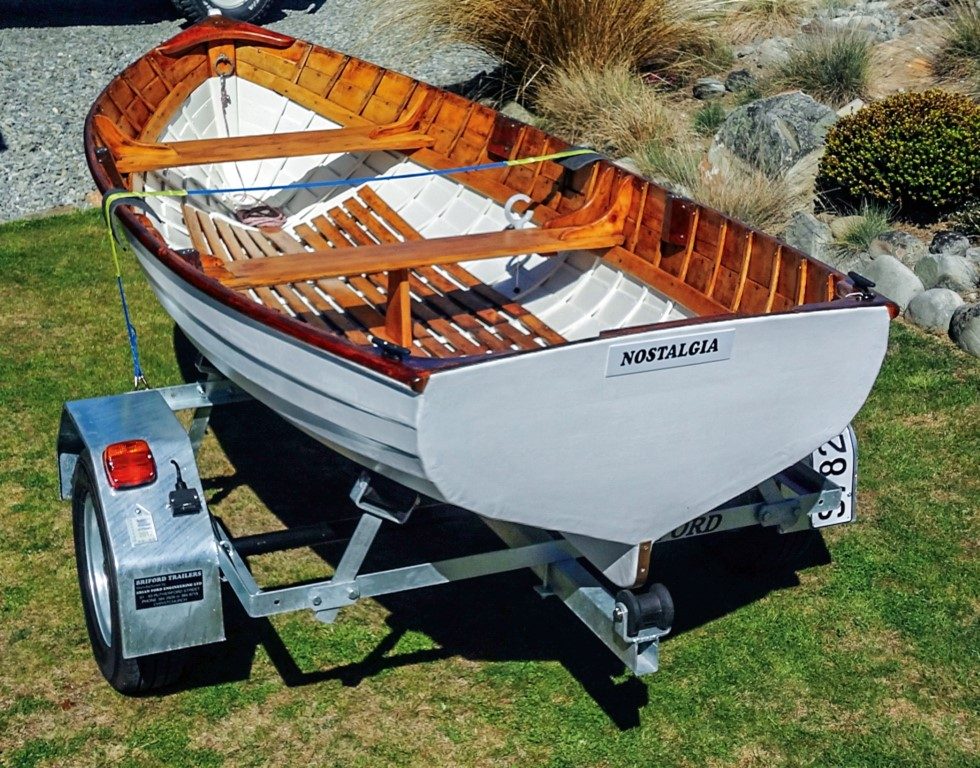
As the restoration approached completion, I heard about a 1958 2hp British Seagull – in a very sad state but running (sort of). After pulling it apart and obtaining parts from a North Island Seagull spares supplier, it was slowly rebuilt.
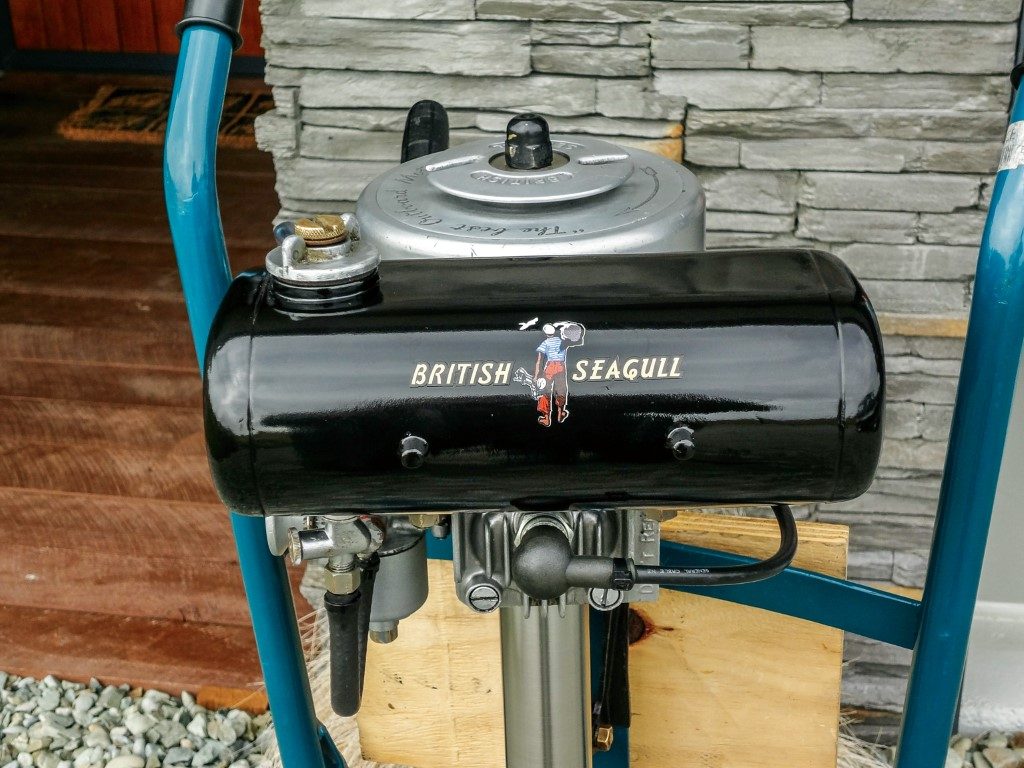
This included a new stainless steel exhaust and new gaskets. The fuel tank was pressurised to ‘blow out’ the major dents and, after the more stubborn ones were filled, it was repainted. A new British Seagull emblem completed the job.
The Seagull and the clinker have have become firm friends – the perfect companions for hunting canny trout.

JOMO CRAFT
Fairlie’s Jomo Craft began inauspiciously at the end of WWII – started by one Stan Guard who built a clinker dinghy for a friend. That vessel launched what was to become the ‘golden age’ of boatbuilding in the town. Guard’s workshop produced scores of vessels ranging from 2.4m dinghies to 18.5m launches – built for customers all over the country.
But the yard’s distance from the nearest port probably contributed to its eventual demise in 1970 – it was difficult to compete with boatbuilders who didn’t have to truck the completed vessels over awkward mountain passes to the sea.
The Jomo Craft building is now the Fairlie Heritage Museum.
